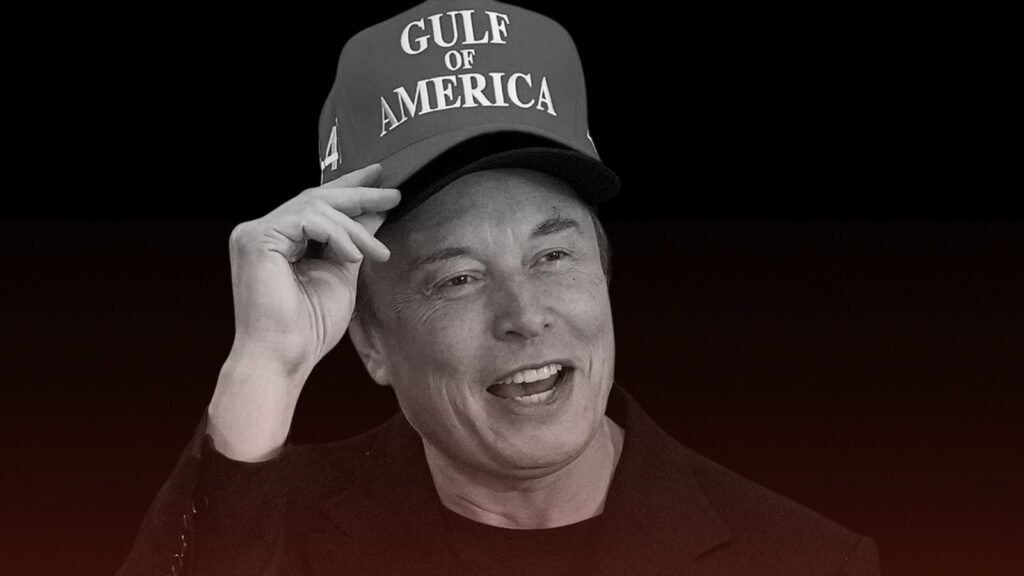Elon Musk, the mercurial billionaire who’s made headlines with everything from rockets to electric cars, has officially clocked out of his brief but stormy stint with the U.S. government. After just 130 days at the helm of the Department of Government Efficiency—a little-known but crucially ambitious office focused on bureaucratic reform—Musk is stepping away, leaving behind a trail of controversies, memes, and a mixed legacy of disruption.
When Musk announced his role in early 2025, many thought it was a prank or a publicity stunt. The idea of the SpaceX and Tesla titan running a government agency seemed equal parts brilliant and bizarre. Yet, Musk dived headfirst into the challenge, promising radical efficiency, cost cuts, and a shake-up of the notoriously sluggish federal bureaucracy. But, as with many Musk ventures, the reality was anything but smooth sailing.
His time in government was marked by nonstop media attention. Musk’s penchant for bold tweets spilled over into his official communications, with cryptic hints at reforms, sudden changes in staff, and a fair share of eyebrow-raising policy ideas. Some insiders described the atmosphere in the department as “chaotic but creative,” with a revolving door of advisors and staff scrambling to keep up with Musk’s rapid-fire decisions.
One of Musk’s signature moves was his attempt to implement a “fail fast, fail often” culture in a place where inertia usually reigns supreme. He pushed for cutting red tape, digitalizing paperwork, and introducing AI-driven tools to replace outdated manual processes. These ideas, while forward-thinking, met resistance from career bureaucrats wary of sweeping change, sparking several internal conflicts.
But it wasn’t all reform and innovation. Musk’s brief tenure also had its share of controversy. Reports surfaced of clashes with senior officials over transparency and oversight. Some critics accused Musk of prioritizing showmanship over substance, noting that many announced reforms lacked clear timelines or measurable goals. Then there were Musk’s infamous tweets, some of which stirred confusion about the department’s priorities and direction.
Despite the rocky ride, Musk leaves behind some tangible achievements. A pilot program to automate federal procurement procedures is underway, aiming to save billions in government spending. Another initiative to streamline hiring processes is expected to reduce vacancy rates in key agencies. These projects suggest that Musk’s disruptive style might have injected some much-needed energy into an otherwise sluggish system.
The question now is what Musk will do next. His departure follows a trend of tech billionaires dipping toes into government roles before returning to the private sector. For the administration, Musk’s exit poses challenges. The Department of Government Efficiency was seen as a flagship effort to bring Silicon Valley’s speed and innovation into Washington. Losing its star figure raises concerns about the continuity of reform momentum.
For Musk, the experience was likely a reminder that government doesn’t operate like a startup. The rules, accountability structures, and political considerations pose constraints that even the most visionary entrepreneurs struggle to navigate. Whether Musk’s brief government experiment will have lasting impacts remains to be seen, but one thing is clear: when Elon Musk is involved, the story never lacks drama.
As Musk returns full-time to his space adventures and electric cars, the government is left to pick up the pieces. Officials say they plan to build on some of the pilot initiatives started during Musk’s tenure but with a steadier hand. For now, the experiment in “Musk-style” government efficiency has ended—but it sure was one heck of a ride.


